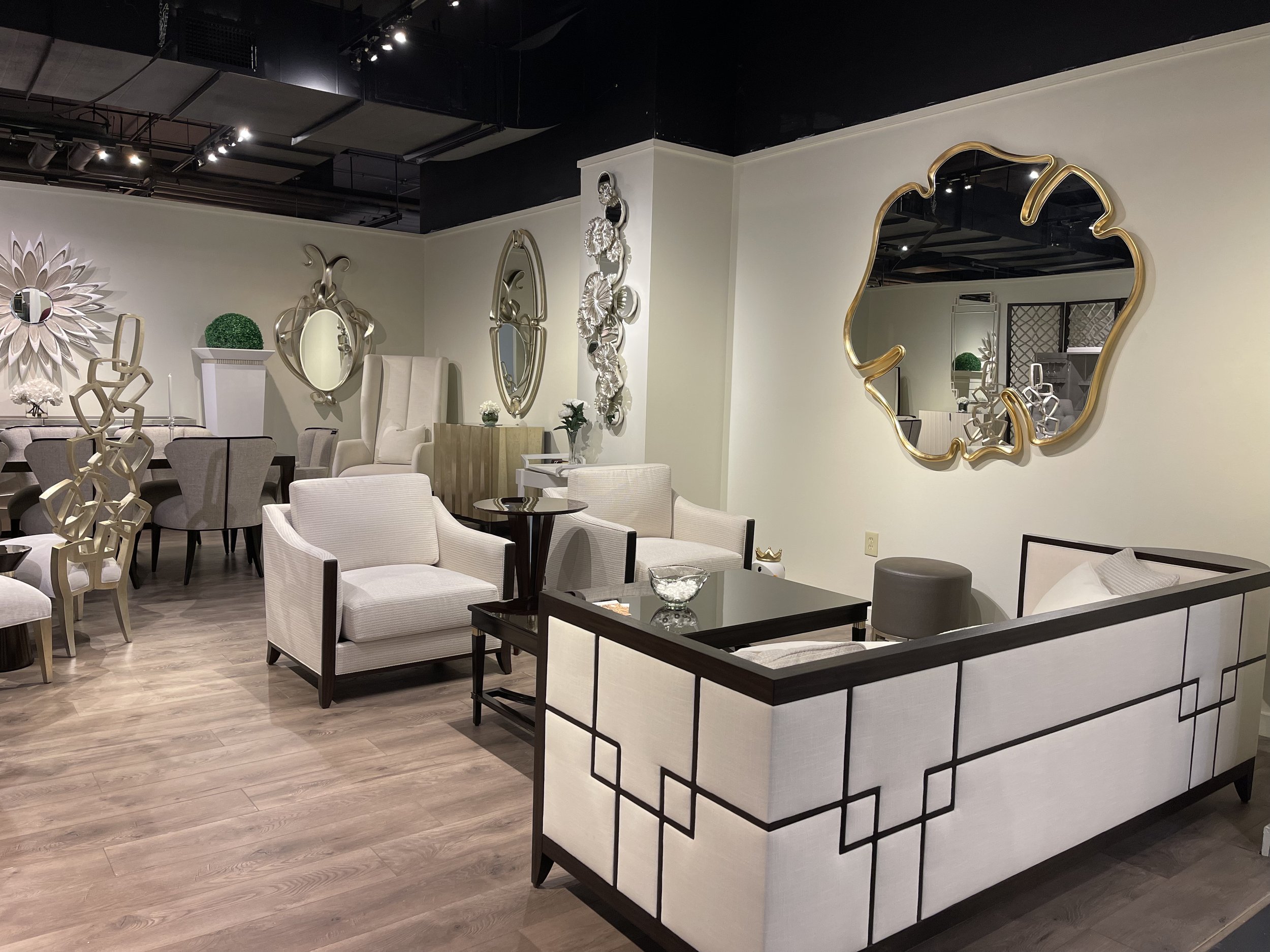Well, the dance has begun, folks. Paint manufacturers have already begun to announce their 2024 Color of the Year: with more than four months to go until the New Year!
Trying to get a jump on the competition is one thing but, when everyone jumps at the same time – nothing but confusion can follow. Never fear, for we are here to help reduce the clutter.
Dutch Boy’s “Ironside” Paint Color of the Year
One of the first to jump is Dutch Boy Paints who, according to DesignersToday.com, have gone “deep and dark for color of the year”. The paint has been named “Ironside, [and is] a deep olive shade with dark undertones that creates a level of comfortable sophistication.”
“As dark shades become more appreciated in the home, this deep olive is versatile in wide-open spaces or enclosed comfy places, reflecting well-being from all angles, according to Dutch Boy,” wrote Product Editor Lauren Roses.
Quoting Ashley Banbury, NCIDQ and color marketing manager for Dutch Boy, we learn their thinking behind this intriguing color as the foundation for numerous palettes from the manufacturer:
“Creating a space for wellness should be a driving factor in everyday life,” she said. “That’s why taking a natural approach to healthy living and safe spaces is a pivotal part of the current landscape. Dutch Boy Paints’ 2024 One-Coat Color of the Year – the stunning, strong Ironside – incorporates all the above in one bold color and can be applied in one single coat.” (emphasis added)
Complementary Color Palettes from Dutch Boy Paints
Of course, every paint manufacturer offers a spread of choices, based on their chosen Color of the Year. In this way, they can offer a palette of colors that can be used by designers and homeowners to make a particular statement or enhance the feel of a chosen space.
Embrace Palette - As homeowners place an emphasis on the comfort of slowing down, the Embrace Palette focuses on self-care and wellness. Shades include Antique White, Whale’s Tail, and Heritage Brown.
Inspire Palette - Personal expression and creative outlets have become therapeutic. Bold uses of pattern, color, and curated spaces in this color palette create self-inspired trends and environments. Explore color by combining shades like Ultra White, Pineapple Flan, and Strawberry Shade.
Retreat Palette - The Retreat color palette is intended to give peace of mind while taking extra personal time. Ironside is the color that ties Sanded Grout, Wild Orange, and Antiquated Olive together, bringing both cleanliness and warmth to the home.
Without a doubt, we’ll be hearing about and seeing many more offerings from many more paint manufacturers about their 2024 Color of the Year. As we do, we’ll be sharing them with you.
A quick cautionary note: Don’t be surprised by the variety of colors, some of which will definitely contrast with others.
As always, Ted remains available for business consulting to the trade, whether you have questions about colors or basic business practices. Simply… Contact TD Fall today.


















